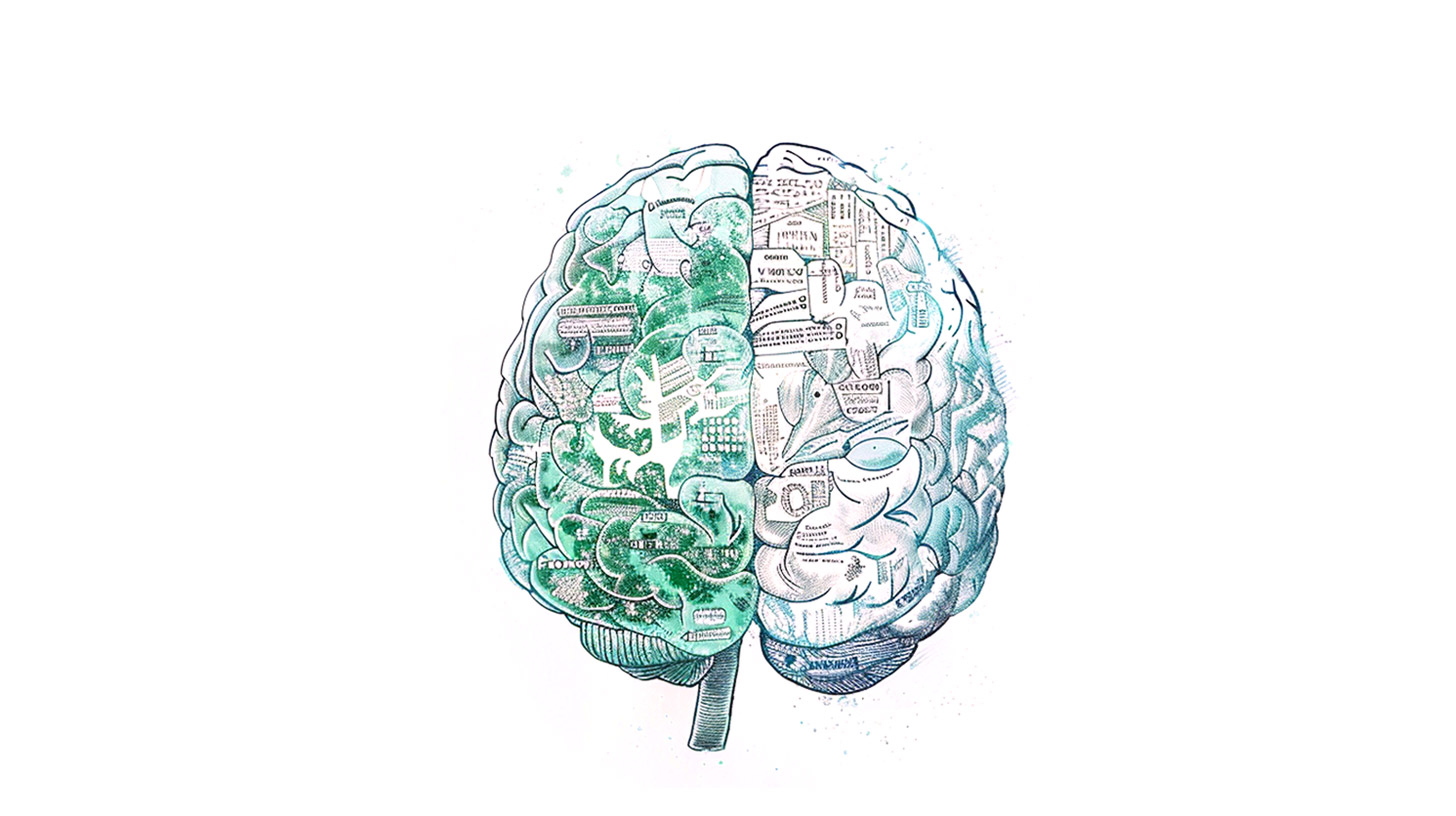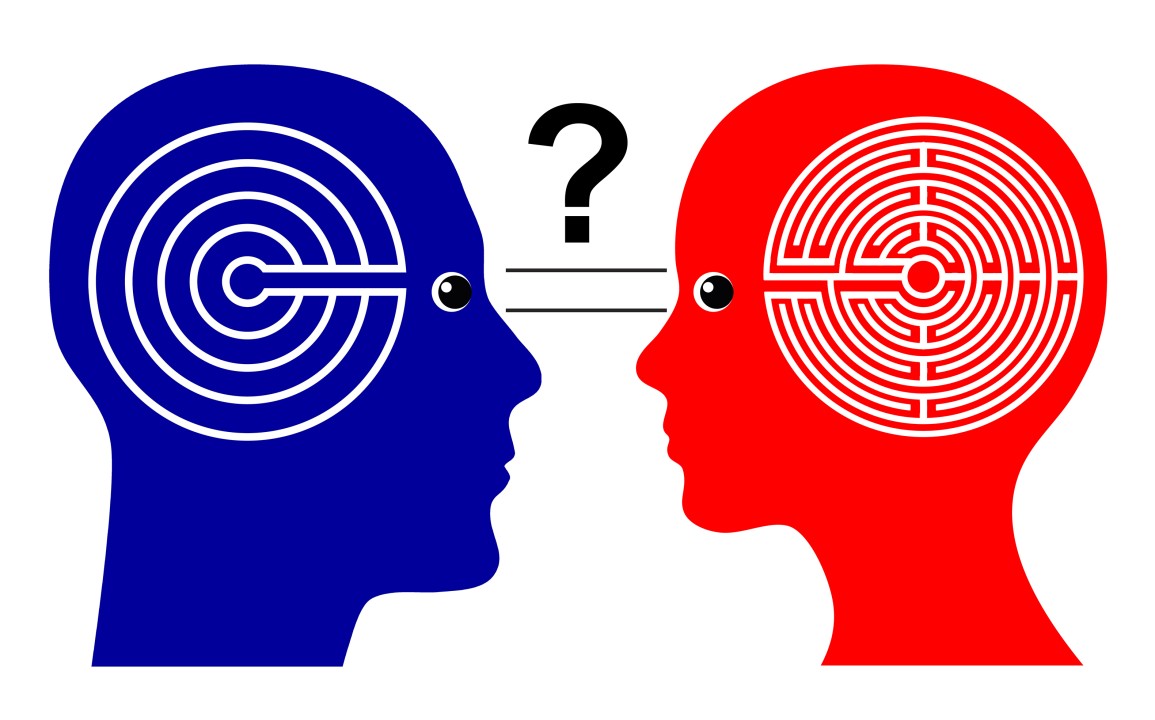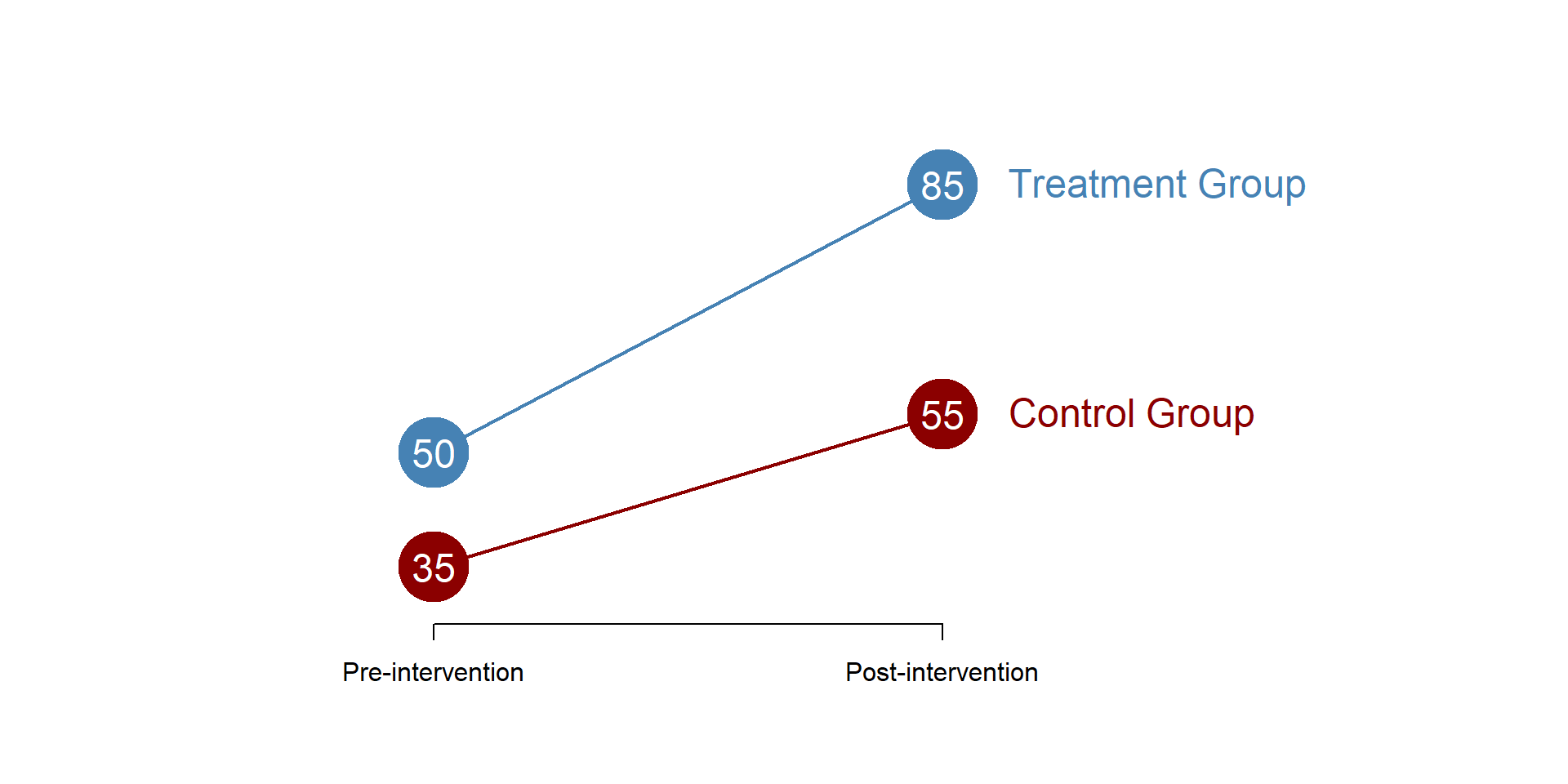Education
Dual Code Theory of Memory
The Dual Code Theory of Memory, proposed by Allan Paivio in 1971, suggests that the human mind processes and stores information in two interconnected but distinct systems: verbal and visual. This theory has significant implications for learning and memory. Key aspects of the Dual Code Theory include: Verbal system: Processes and stores linguistic information. Visual […]
Education
Dropout Rate
The Dropout Rate refers to the percentage of students who leave a school or educational institution before completing their program of study. This metric is often used to assess the effectiveness of educational systems and identify areas for improvement. Key aspects of the Dropout Rate include: Calculation methods: Can vary between institutions and countries. Factors […]
Education
The Drafting Stage
The Drafting Stage is a crucial phase in the writing process where the writer creates the initial version of their text. This stage follows the prewriting or planning stage and precedes the revising and editing stages. Key aspects of the Drafting Stage include: Focus on content: Emphasis on getting ideas down rather than perfecting language. […]
Education
Dominant Language
The Dominant Language refers to the primary language used in a multilingual society or by a bilingual individual. It is typically the language that is most widely spoken, has the most social prestige, or is used in official contexts such as government, education, and media. Key aspects of Dominant Language include: Social power: Often associated […]
Education
The Direct Approach
The Direct Approach, also known as the Deductive Approach, is a teaching method where the instructor explicitly presents information, concepts, or rules to students. This approach is often contrasted with inductive or discovery-based learning methods. Key characteristics of the Direct Approach include: Clear learning objectives stated at the beginning of the lesson. Step-by-step instruction and […]
Education
The Direct Analogy Method
The Direct Analogy Method is a creative problem-solving technique that involves comparing the problem at hand to a similar situation in a different context. This method encourages lateral thinking and can lead to innovative solutions by drawing parallels between seemingly unrelated concepts. Key steps in the Direct Analogy Method include: Clearly defining the problem or […]
Education
The Digital Divide
The Digital Divide refers to the gap between individuals, households, businesses, or geographic areas in terms of access to and use of information and communication technologies (ICTs). This concept emerged in the 1990s as computers and the internet became increasingly important in daily life. Key aspects of the Digital Divide include: Access to technology: Physical […]
Education
Differentiation Theory
Differentiation Theory, developed by Carol Ann Tomlinson, is an educational approach that recognizes and addresses the diverse learning needs of students within a single classroom. This theory posits that teachers should adapt their instruction, content, and assessment methods to meet the varying abilities, interests, and learning styles of their students. Key principles of Differentiation Theory […]
Education
The Difference Model
The Difference Model, also known as the Discrepancy Model, is an approach used in special education to identify students with learning disabilities. This model compares a student‘s actual achievement to their expected achievement based on their cognitive abilities. Key aspects of the Difference Model include: Assessing cognitive abilities through IQ tests or other standardized measures. […]
Education
The Desist Approach
The Desist Approach is a classroom management strategy developed by Jacob Kounin in the 1970s. This approach focuses on preventing disruptive behavior rather than reacting to it after it occurs. The term “desist” refers to the teacher’s ability to stop misbehavior quickly and effectively. Key components of the Desist Approach include: Withitness: The teacher’s awareness […]














